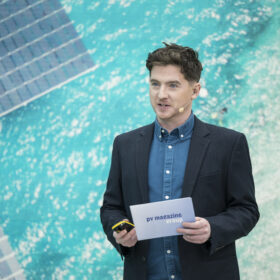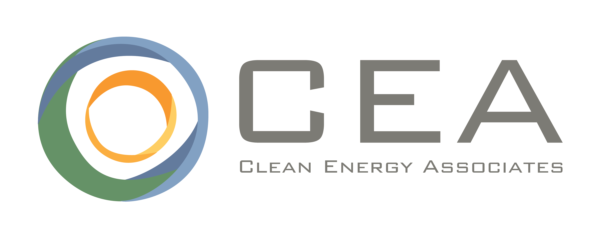
Europe ’24
December 5
Our virtual RTEU will be back soon with an exciting program and in-depth content sessions about the European solar and storage industry.
What You Can Expect:
- Curated by pv magazine: Our program will be alive with energy, with the experts at pv magazine curating sessions to discuss, analyze, and dissect the latest industry news, and trends, and host insightful discussions.
- In-Depth Content: The world of solar and storage has never been bigger or more important, and our sessions delve into the hottest topics such as new technology trends, sustainability, quality, energy management and AI, Agrivoltaics, European value chain, deployment and grid issues, policy to advance renewables, and the energy storage landscape.
- Top Experts: Our conference unites the powerhouse minds in the European solar industry, sparking discussions among top experts, analysts, and stakeholders.
- Free Access: Essential market insights and technological knowledge at no cost, all from the comfort of your home.
The program will be released soon!
Our Event partners
Become a Partner

Julia Wolters
Head of Sales, EMEA
Email: julia.wolters( at )pv-magazine.com
Mobile: +49 175 290 44 01
Back to events overview | Events Code of Conduct | Contact us at [email protected]
This website uses cookies to anonymously count visitor numbers. View our privacy policy.
The cookie settings on this website are set to "allow cookies" to give you the best browsing experience possible. If you continue to use this website without changing your cookie settings or you click "Accept" below then you are consenting to this.




























